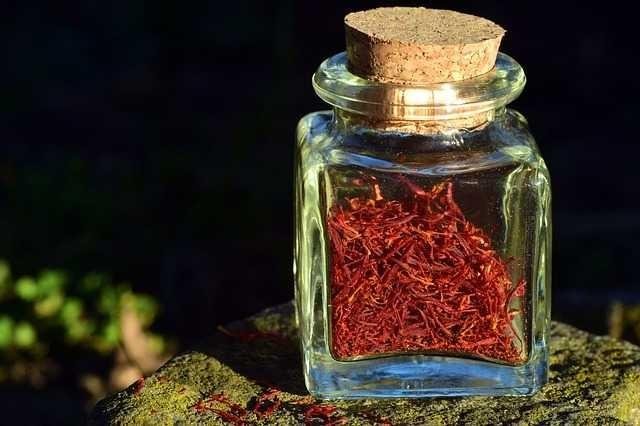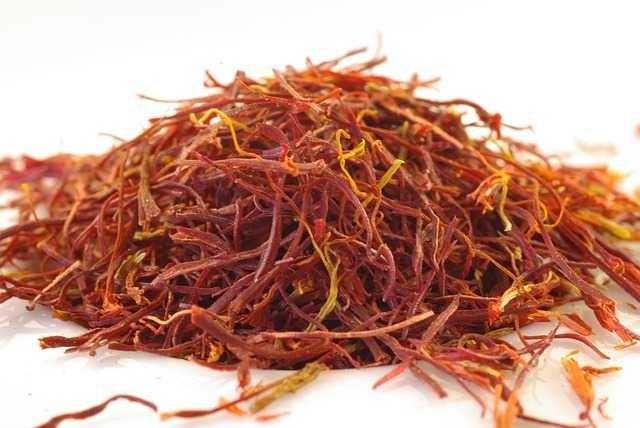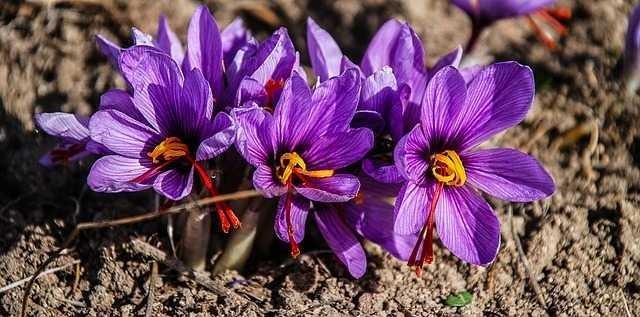Information about Saffron
Botanical Name:crocus sativus Linn.
Family:Iridaceae**
Saffron consists of the dried stigmas of *Crocus sativus,a bulbous parennial plant.The plant is native to the Southern Europe and is cultivated in Mediterranean countries especially in Spain, Austria,France, Greece, England and Saffron is oldest among the world's most expensive spices. About 2,00,000, flowers are required to prepare 1kg.of dried saffron. 
Botany of the plant:
Saffron is a low growing plant with an underground globular corm or bulb.The plant is cultivated for its large, blue or lavender flowers.The flowers are partly split into three lines with orange coloured stigmas.
Cultivation and processing:
Saffron is mainly cultivated in hilly areas ,the flowering period of the plant starts during middle or late October and lasts only until the first or second week of November.The flowers are picked each morning before the sun gets too hot.A warm spring and long autumn are conducive to early flowering.
The value of saffron mainly depends on the method by which the stigmas are dried. 
Composition:
The principle colouring agent of saffron is the glycoside crocin; the bitter substance is the glycoside Crocrocin.
Saffron is famous for its extraordinary medicinal, flavouring and colouring properties.It is used in fine bread Cakes and confectionery in many countries. 
In medicine saffron is used in fevers,melancholia and enlargement of liver and spleen.It has also stomachic properties and is considered to be remedy for catarrhal affections of children.In the Ayurvedic and Unani systems of medicine, saffron is also known as a stimulant,warm and dry in action helping digestive and uterine troubles.When pounded with ghee,it is reported to be very effective in diabetes.
✅ @xahid, I gave you an upvote on your post! Please give me a follow and I will give you a follow in return and possible future votes!
Thank you in advance!
Downvoting a post can decrease pending rewards and make it less visible. Common reasons:
Submit